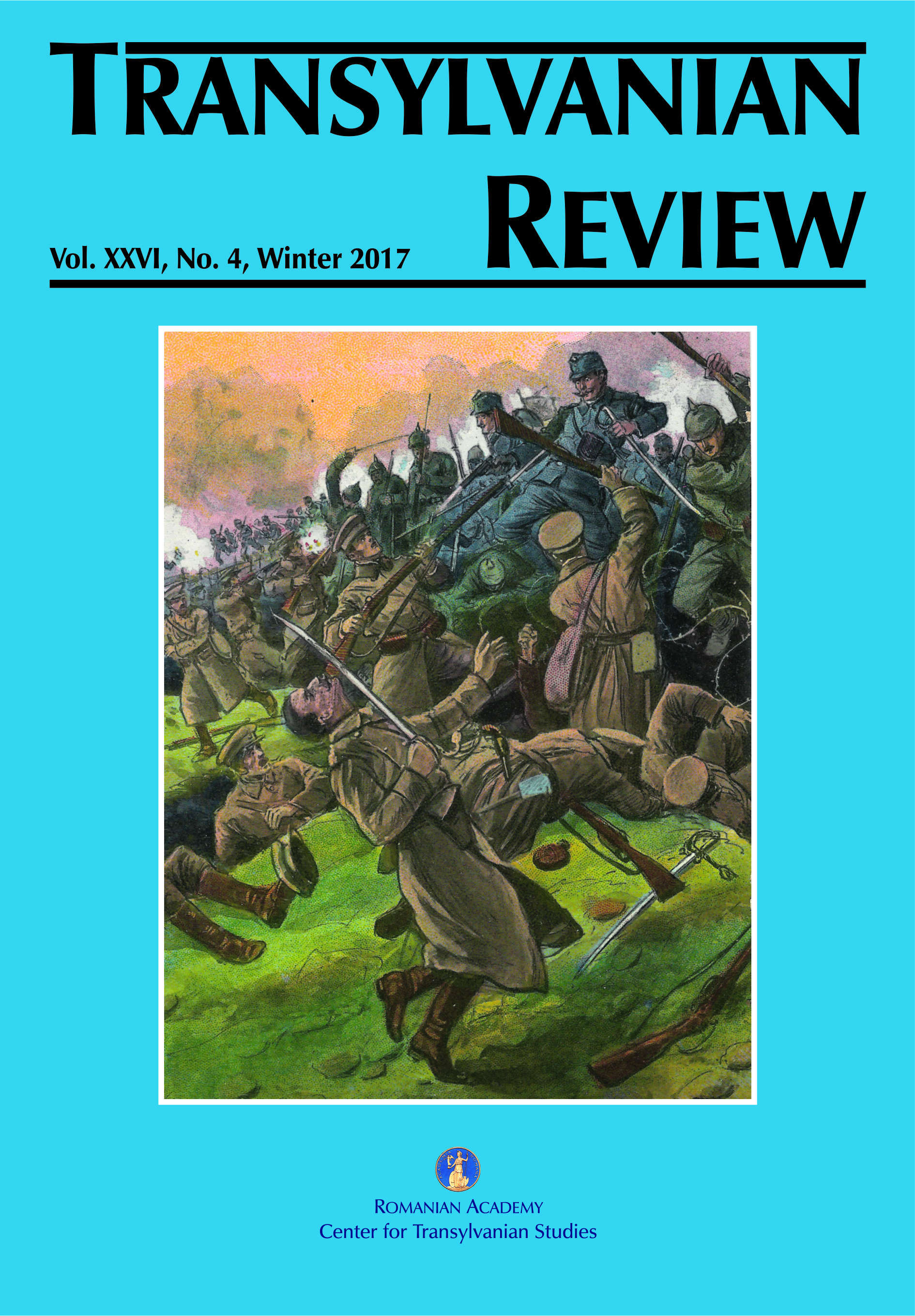The Peasant Family in the Urals in the 1920s–1960s: Reconstruction Based on the Data of Budget Studies
The Peasant Family in the Urals in the 1920s–1960s: Reconstruction Based on the Data of Budget Studies
Author(s): Lyudmila Mazur, Oleg GorbachevSubject(s): History, Economic history, Social history, Recent History (1900 till today)
Published by: Academia Română – Centrul de Studii Transilvane
Keywords: peasant family; household; demographic transition; demographic type; family composition
Summary/Abstract: The paper discusses the evolution of the peasant family in Russia in the twentieth century. We have studied the structure and dynamics of the Ural peasant family in the 1920s–1960s. In our comparative analysis we used the materials of the 1929 and 1936 budget studies of peasant households in the Urals. These data were supplemented by other sources: the Party Census of 1922, the population censuses of 1926 and 1939, and Soviet films of the period between the 1920s and 1970s. The analysis of budget statistics has brought to light the following characteristics of the demographic transition: the family structure was changing at an accelerated pace (from 1920 to the 1960s); the family transformation was affected by demographic disasters such as wars and political campaigns (collectivization, forced evictions of the population of small rural settlements). The intensive rural migration of the 1950s and 1960s turned into a major demographic disaster, too. As a result, the peasant family became unable to provide the agricultural economy with adequate population reproduction.
Journal: Transylvanian Review
- Issue Year: XXVI/2017
- Issue No: 04
- Page Range: 119-135
- Page Count: 17
- Language: English

